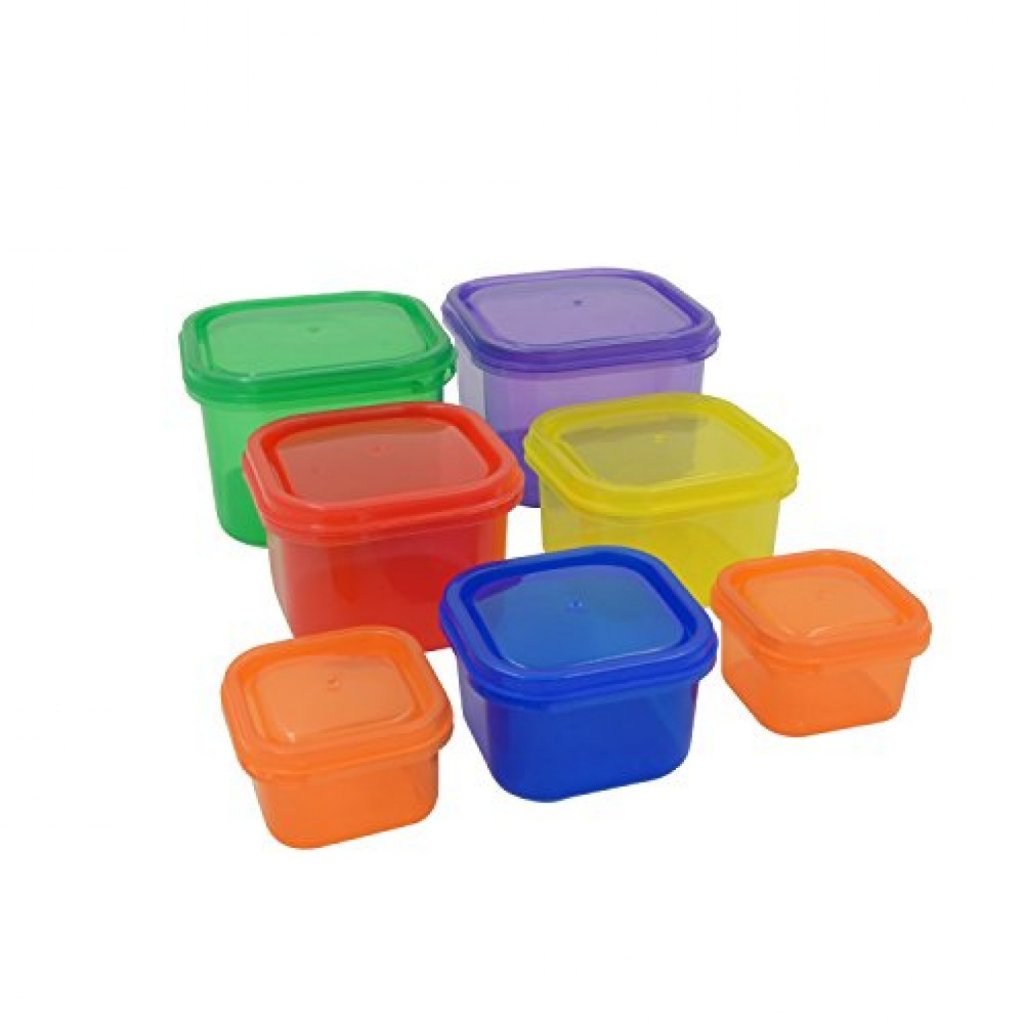Using Food Containers for a Portion-Control Diet.
Everyone at some point has struggled with weight loss and eating healthy. The formula seems simple—eat fewer calories than what you burn—but how low is too low? Calculating the right calorie deficit can be quite a challenge in itself. But that’s just the beginning, there are other factors that come into play. Not all calories are created equal, and counting calories can be a tough challenge for some. The frustration is enough to make someone give up on their weight loss goals. But here’s one way to keep health on track and lose weight without getting frustrated by calorie count: portion-control diet.
First off, let’s get one thing out of the way: portion control doesn’t mean that everything you eat is the same tiny amount. Like mentioned before, not all foods are not equal—your favorite candy bar doesn’t offer the same nutritional value as vegetables—and portion control diet puts this on top of mind without needing to count calories. A portion control diet keeps in check the appropriate size for specific foods, helping you eat a balanced meal. Instead of counting calories on everything you eat, you fill up first on a variety of healthy foods.
For example, eating only a hard-boiled egg for your breakfast isn’t portion control. You should eat an appropriate portion size of protein along with a healthy portion size of vegetables, fruits, and fat. When you eat the correct amount of healthy food for every meal, you are more likely to feel full and less likely to overeat. Here are some guidelines to get you started on portion control dieting:
Determine the Appropriate Portion Size for Each Food Group
The best place to start with appropriate portion size for various food is to start with the MyPlate guidelines from the United States Department of Agriculture (USDA). As noted by the USDA, the appropriate portion size is determined by a person’s age, gender, and level of activity. The recommended daily serving of vegetables for a woman between the ages of 31 to 50 should be around 2 ½ cups a day, while the recommended daily serving size for a man in the same age range is 3 cups a day.
These USDA guidelines are recommendations for people who exercise less than 30 minutes per day. For those who exercise more, the USDA says to increase the daily intake recommendation while remaining within one’s calorie needs. Remember, each meal should contain the appropriate portion size for each food group: protein, vegetables, grains, fruits, and dairy.
Mark Up Your Food Container
When measuring the appropriate portion for a meal, you could use a visual guide. For example, you could use the palm of your hand as a visual cue for the recommended serving size for meat, which is roughly 3 ounces. When preparing a meal at home to eat later in the day, you could measure the meal beforehand and put it in a food container, or you can turn any food container into a portion control guide. Measure out water in a measuring cup and pour it into the food container. Mark the food container at the water level.
It also helps to keep the containers in a thermal insulated lunch box to help maintain the freshness throughout the day. Bonus points if the lunch box cooler is also stylish.
Portion-control diet is a way to keep healthy foods top of mind without necessarily counting every calorie. These tips can help you keep your portion control in check.





Pingback: Easy Ways to Stay Healthy Without Breaking the Bank - Night Helper